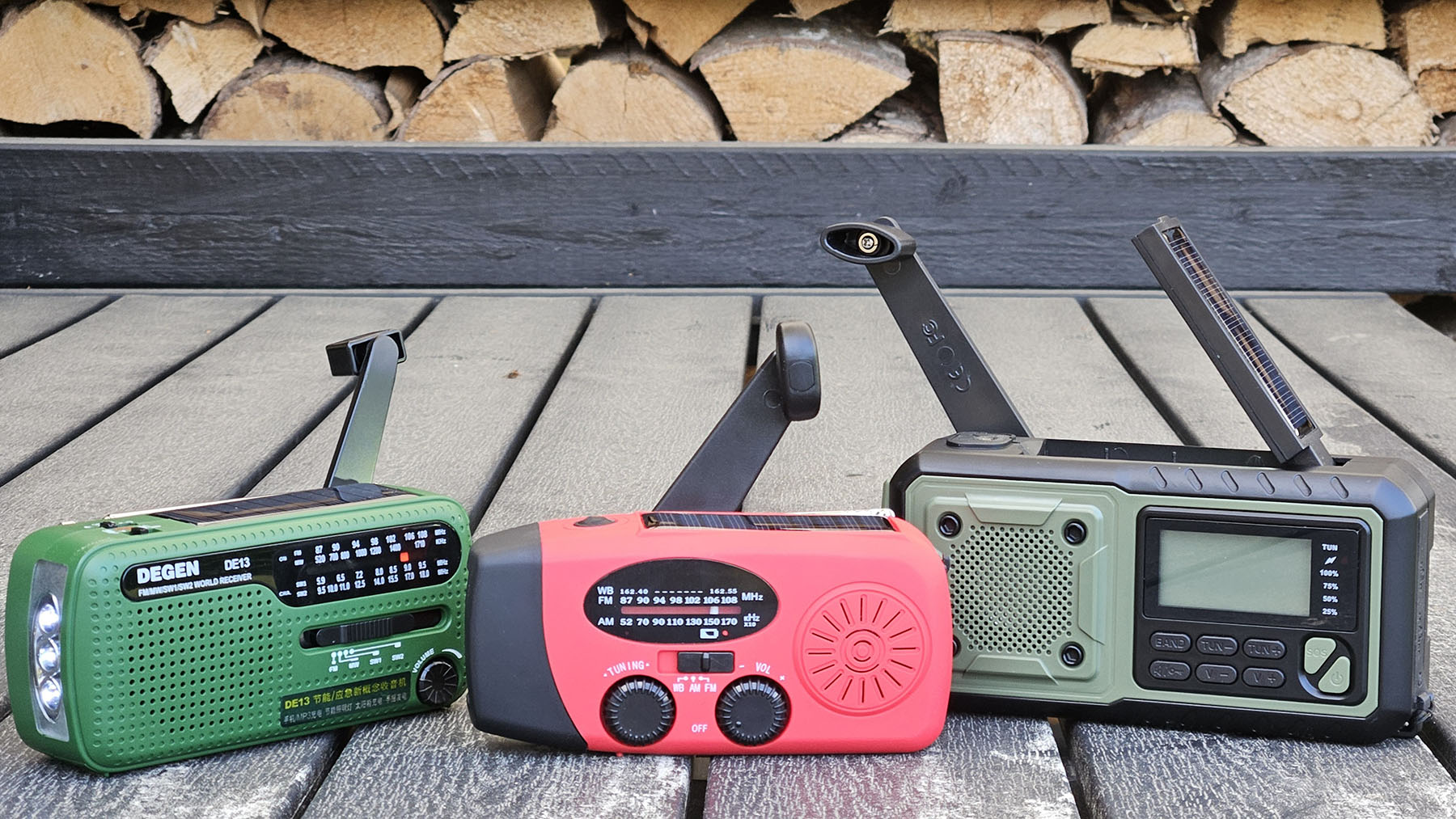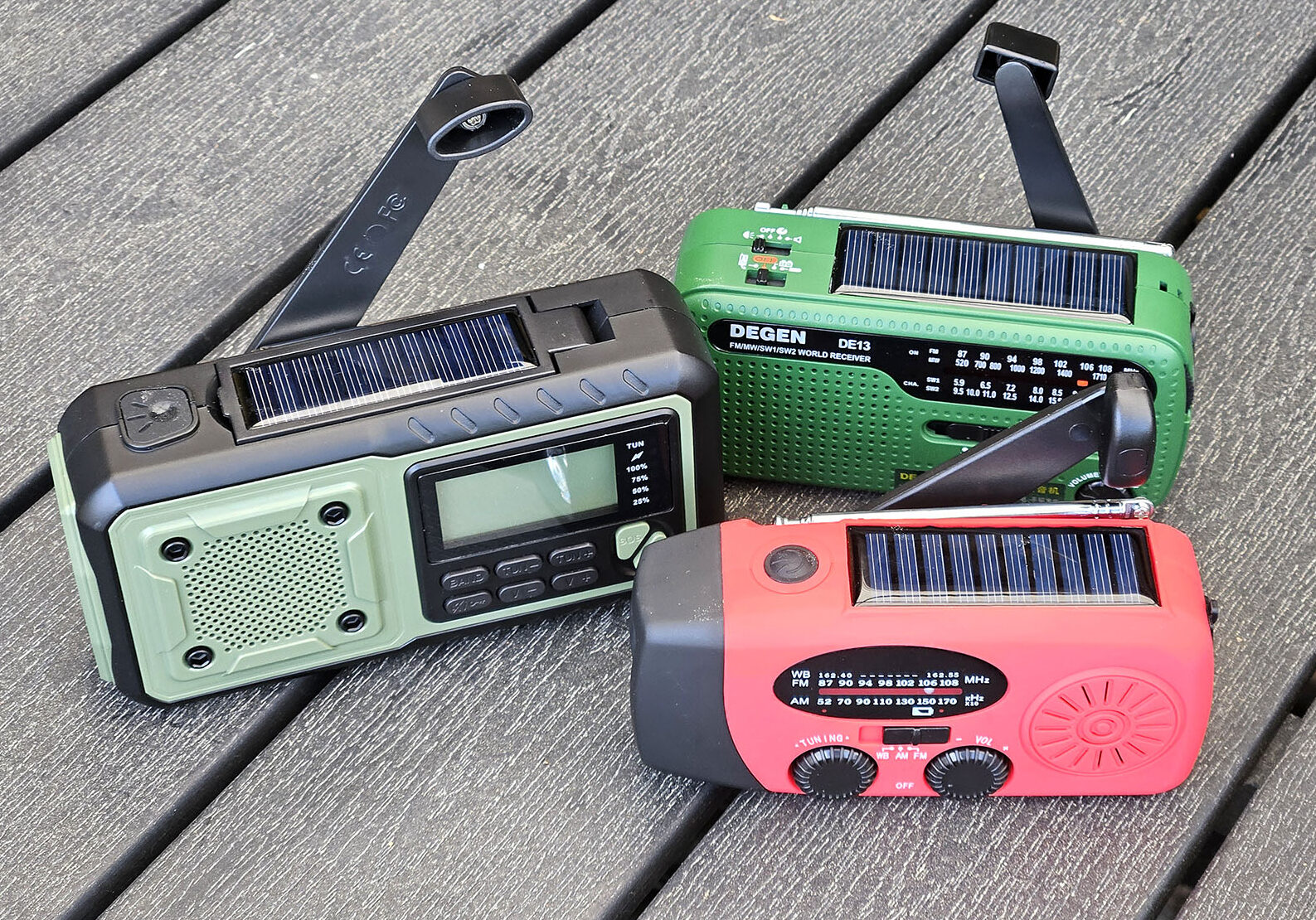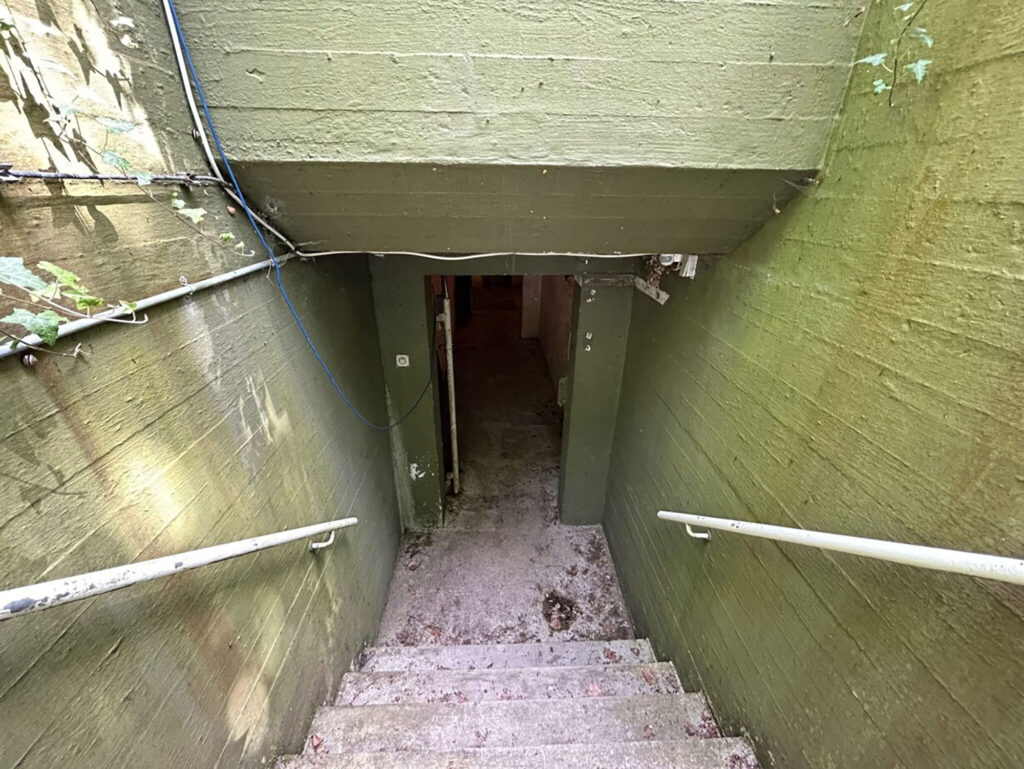In a crisis situation, the radio is an important communication channel for the authorities. Through the radio, you can receive warnings of acute danger and advice on how you should behave in a current emergency situation.
Therefore, it is important that the household has a radio, which works even if there is no power in the socket. The practical little emergency radios can do that. Preppers Pit has tested three different models and found a clear winner.
Why is an emergency radio important?
In an age where we are used to almost always being online, it may sound silly that every household should have an emergency radio. But if the power goes out and the network is down, the radio allows you to stay up to date.
In a crisis situation, DR (Danmarks Radio) is through a special law required to broadcast unedited information from the authorities to citizens.
The messages can, for example, be about how you should react if a fire in the area emits dangerous smoke, about a chemical spill, or it can be guidance on where to seek help. Whatever it is about, the message will always come from the same place: the radio.
The emergency services will broadcast any announcements on DR's regional P4 stations.
Find the relevant transmission frequencies in your area here.
Is the FM signal being phased out?
Most emergency radios can receive radio signals in the so-called FM band. It has been used for general radio listening e.g. at home and in the car since 1951, and everywhere in Denmark it is possible to receive FM radio signals.
The latest radios can also receive the so-called DAB+ signals. DAB+ is a far more advanced technology that, for example, makes it possible to broadcast many more radio channels. But it is technically more complicated to broadcast the DAB+ signal, and if, for example, large parts of the electricity grid are paralyzed, FM is a more reliable technology.
In other countries, eg Norway, the new DAB+ technology has meant that the FM signal is being phased out, but in Denmark it has been decided to keep FM – at least for the time being.
According to the National Emergency Management Agency, the regional P4 radio channels, which are broadcast on the FM band, are the most operationally stable communication channel, and will be able to continue broadcasting messages, even during, for example, a large, national power failure. An FM emergency radio is therefore the best choice.
An FM receiver uses very little power, so the batteries in an FM radio last a very long time, and an emergency radio with a hand crank can always be recharged.
Which emergency radio should I choose?
Without a data connection, the radio in your smartphone does not work. An FM radio for an emergency situation must be able to operate without power from the mains, and several types of radios can:
- Car radio: Most car radios can receive an FM signal. In an emergency situation, it is just not always appropriate that all radio listening should take place in the car - especially if, for example, a chemical spill means that it is recommended to stay at home.
- Transistor radio: In many homes, a radio still delivers, for example, the morning wake-up call or news in the kitchen. But if the radio is dependent on power from the mains, it can be useless in a crisis situation.
- Emergency radio: A dedicated emergency radio has many advantages: It works with battery, crank charger and/or solar cells. It usually has a built-in flashlight. And it can often also be used to charge e.g. a mobile phone, so you don't need a power bank.
Test: Here is the best emergency radio
On the Danish market there is a large selection of emergency radios in different qualities and price ranges. We have tested three popular models that all have the basic functions that an emergency radio should have. But the test still has a clear winner.
Aquipe:
The compact emergency radio is the smallest in the test. The FM reception is fine, and at the front of the radio there is a practical flashlight with adjustable brightness.
The built-in battery can be charged via a USB charger (as long as there is power in the socket), a hand crank and a solar panel. The solar panel provides very little power, but a few minutes of turning the crank provides power for several hours of radio listening.
If the emergency radio is charged, it can be used as a power bank and charge, for example, a telephone via a USB plug.
With a very small built-in speaker, the sound quality is far from impressive, and there is no possibility to connect headphones.
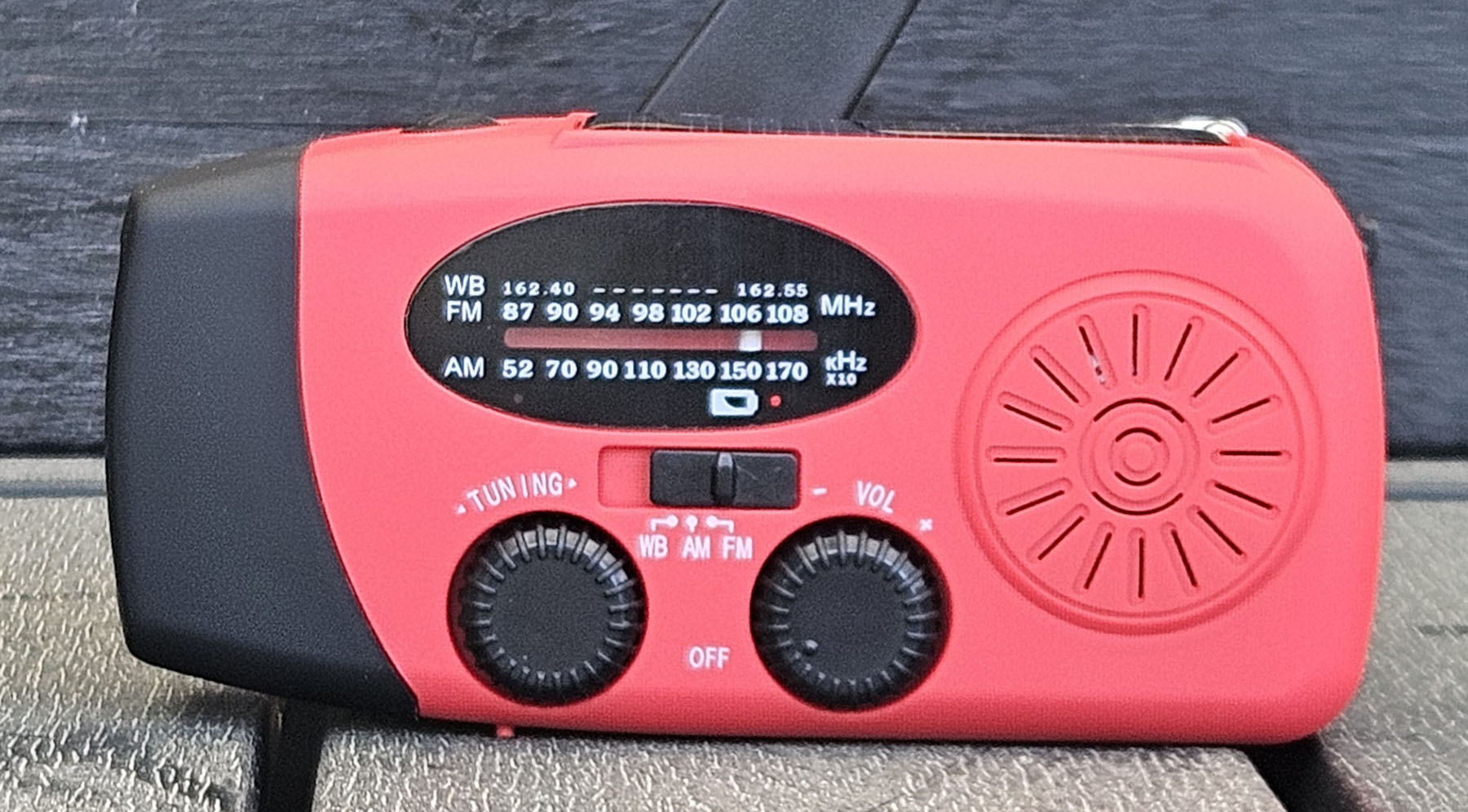
- Power source: Built-in rechargeable battery (2000 mAh), hand crank, solar panel (12.6 cm2)
- Connection: Output (USB-A), input (USB-C)
- Other features: LED light (three steps), alarm.
- Goal: 12.8 x 6.1 x 4.8 cm.
- Price: Set for NOK 300
Dough DE13
The Degen radio has a socket for main telephones (3.5 mm jack), and otherwise roughly the same functions as the Aquipe emergency radio.
Here, too, the built-in battery can be used as a power bank, but it is small (960 mAh) and cannot be charged with a USB plug if there is power. Here, too, the hand crank provides sufficient power for radio listening.
Operating the emergency radio requires good fine motor skills, and the slide buttons for changing the frequency band on the radio and switching between the various functions do not seem particularly durable.
The sound quality of the built-in speaker is not impressive here either.
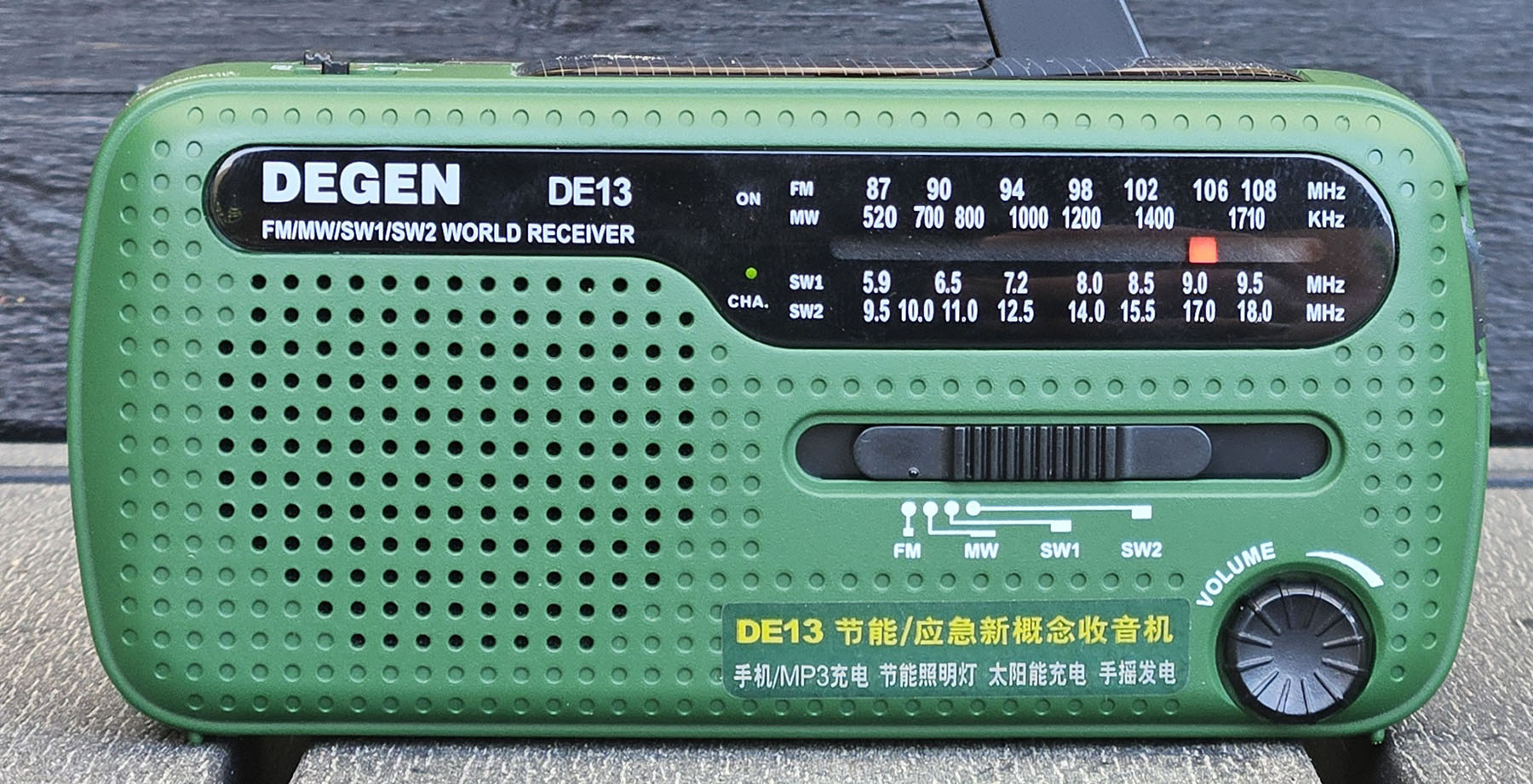
- Power source: Built-in rechargeable battery (960 mAh), hand crank, solar panel (15.6 cm2), batteries (3 pcs. AAA).
- Connection: Output (USB-A), inout (5-volt power supply), headphone (3.5 mm jack).
- Other features: LED light, alarm.
- Goal: 13.3 x 6.1 x 4.7 cm.
- Price: Set for NOK 300
Origin
With a (slightly) larger speaker, digital display and rubber-reinforced buttons, this emergency radio looks nicer than the other models in the test.
The radio can search for channels itself, and with a long antenna (43.5 cm – longer than the other radios in the test) the FM reception is good.
The built-in battery is by far the largest in the test, and can charge, for example, a mobile phone. It can be charged via a USB plug (if there is power in the socket), the small solar panel or the hand crank. In addition, the radio can run on regular AAA batteries.
Like the other emergency radios in the test, it has an LED light at the front. The brightness can be adjusted in three steps and is the most powerful in the test. There is also an LED lamp at the top that can be folded up and provide some light in the living room if there is a power failure.
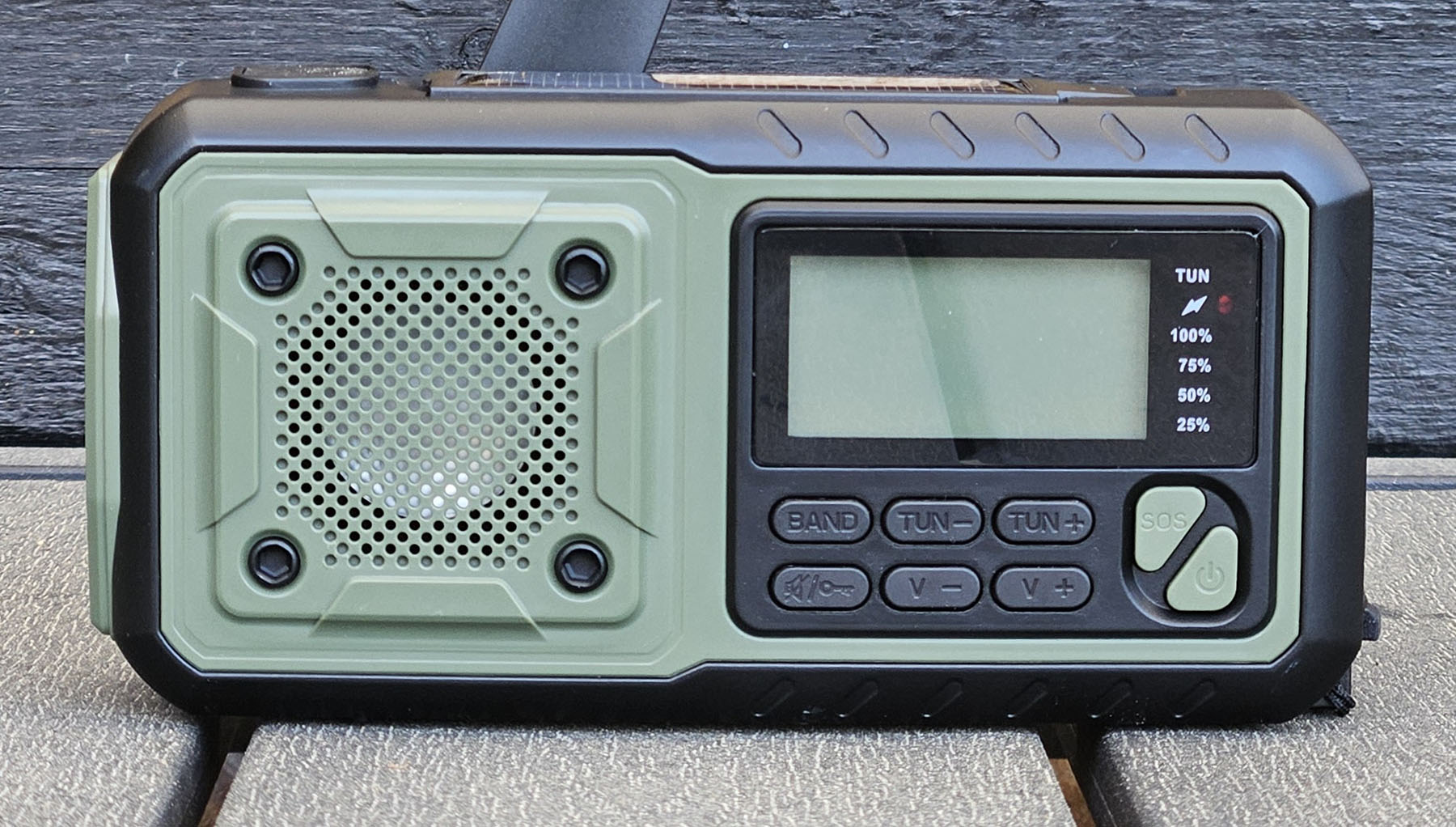
- Power source: Built-in rechargeable battery (4000 mAh), hand crank, solar panel (13.6 cm2), batteries (3 pcs. AAA).
- Connection: Output (USB-A), input (USB-C), headphone (3.5 mm jack).
- Other features: Alarm, LED light (three steps), extra tiltable LED light, digital display.
- Goal: 15.2 x 7.4 x 5.0 cm.
- Price: Set for NOK 400
And the winner is:
Of the three models tested are Origin the winner. The price is a bit higher, but the radio is better than the other two on all other parameters. And the extra tiltable lamp means that the radio can also be used as a table lamp in an emergency.
With the significantly better sound, it is tempting not to save the radio for an emergency, but to connect it to a USB plug and use it as a kitchen radio on a daily basis.
